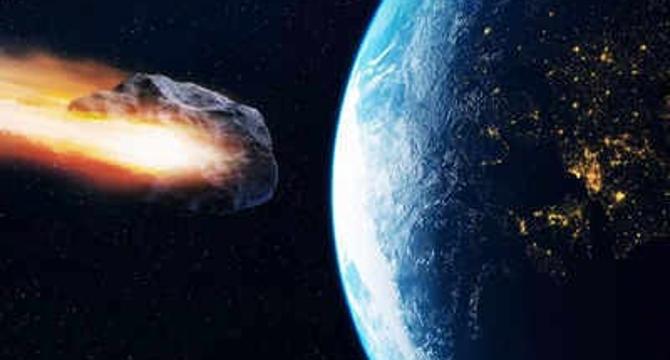Medium
1M
186

Image Credit: Medium
The biggest fear of NASA is coming
- NASA is increasingly focusing on the risks posed by near-Earth objects (NEOs) and taking steps to defend the planet.
- Over 25,000 NEOs have been identified, with some capable of causing catastrophic damage if they were to impact Earth.
- Asteroids passing within 1.3 astronomical units of Earth are considered 'potentially hazardous,' prompting intensified tracking efforts.
- The consequences of a large asteroid impact could be global, akin to events like the one that led to the extinction of the dinosaurs.
- NASA's planetary defense team monitors thousands of objects, like asteroid YR4, to assess potential impact risks.
- While YR4 initially had a concerning probability of impact, further analysis reduced the risk significantly.
- Despite mitigation efforts for YR4, NASA continues to monitor other potentially threatening asteroids such as 2025 DN6 and 2025 DT1.
- Efforts like the Double Asteroid Redirection Test (DART) demonstrate techniques for deflecting asteroids on a collision course with Earth.
- NASA is exploring various planetary defense strategies, including potential nuclear deflection methods for larger asteroids.
- As new asteroids are discovered, NASA's commitment to early detection, understanding compositions, and testing deflection methods remains strong.
Read Full Article
11 Likes
For uninterrupted reading, download the app